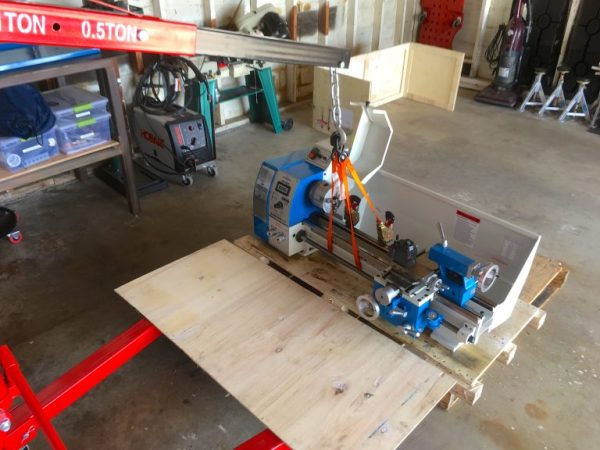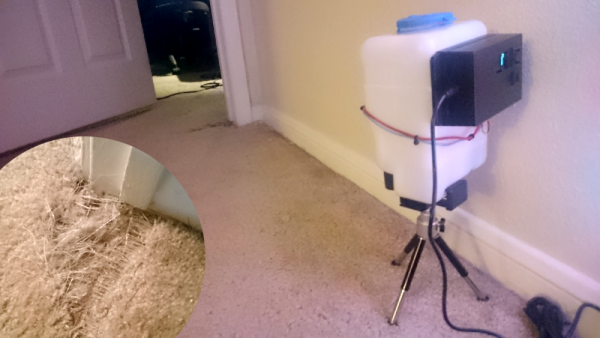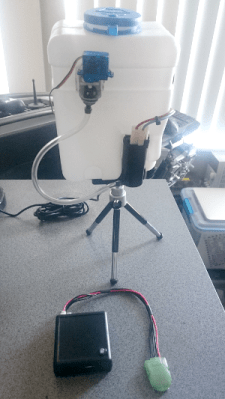As [Quinn Dunki] rightly points out, modern industrial civilization was probably conceived on the bed of a lathe. Turning is an essential step in building every machine tool, including lathes, and [Quinn] decided it was time to invite one into her shop. But she discovered a dearth of information to guide the lathe newbie through that first purchase, and thus was born the first installment in her series on choosing and using a new lathe.
As for the specifics of the purchase, [Quinn]’s article goes into some depth on the “old US iron” versus “new Asian manufacture” conundrum. Most of us would love an old South Bend or Cincinnati lathe, but it may raise practical questions about space planning, electrical requirements, and how much work is needed to get the old timer working again. In the end, [Quinn] took the path of least resistance and ordered a new lathe of Chinese heritage. She goes into some detail as to what led to that decision, which should help other first-timers too, and provides a complete account of everything from uncrating to first chips.
Nothing beats the advice of a grizzled vet, but there’s a lot to be learned from someone who’s only a few steps ahead of her intended audience. And once she’s got the lathe squared away, we trust she’ll find our tips for buying a mill helpful getting that next big shipment delivered.
“All the best things in life arrive on a pallet.” Have truer words ever been spoken? Sure, when the UPS truck pulls up with your latest Amazon or eBay treasure, it can be exciting. But a lift-gate truck rolling up to the curb? That’s a good day.














